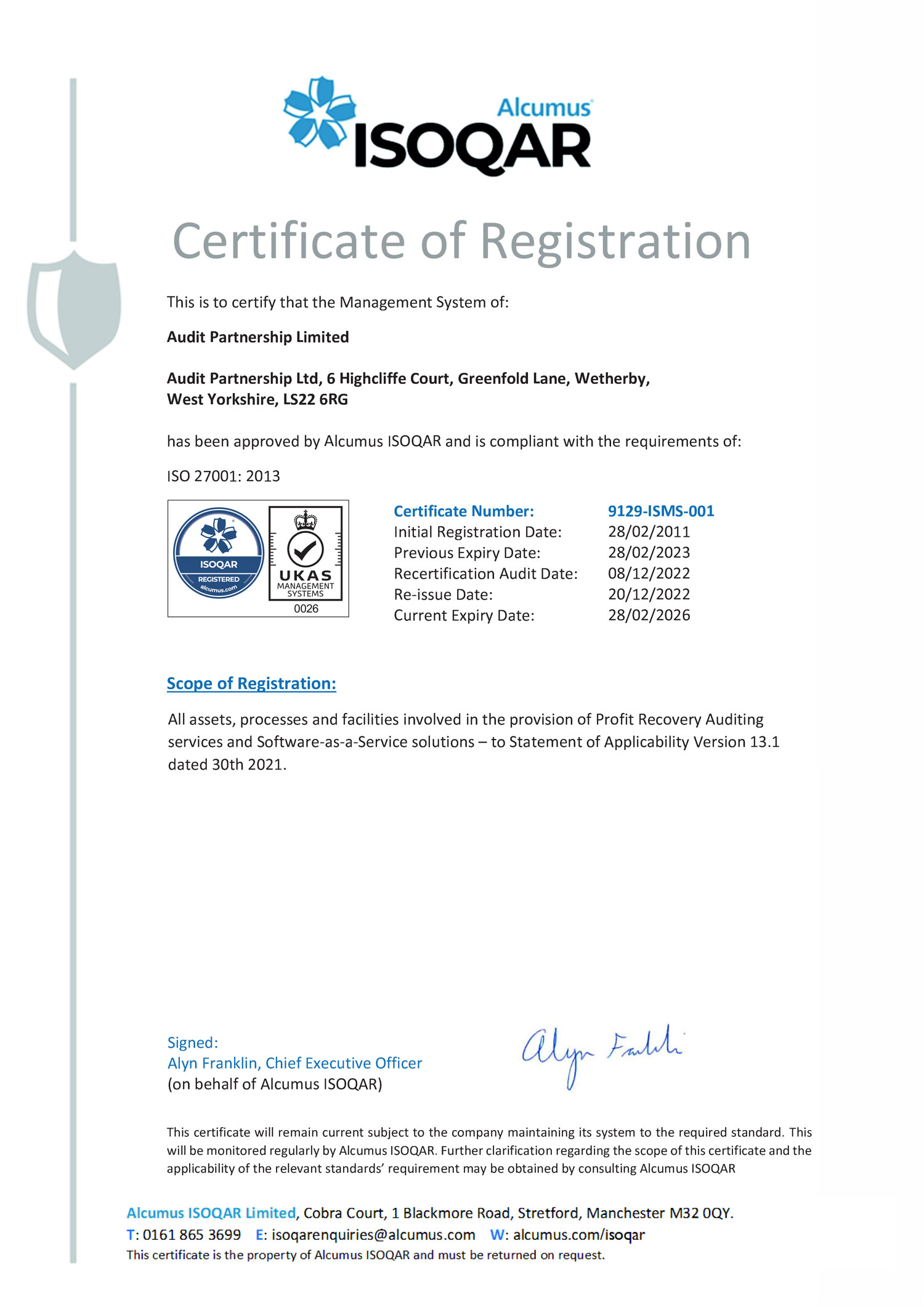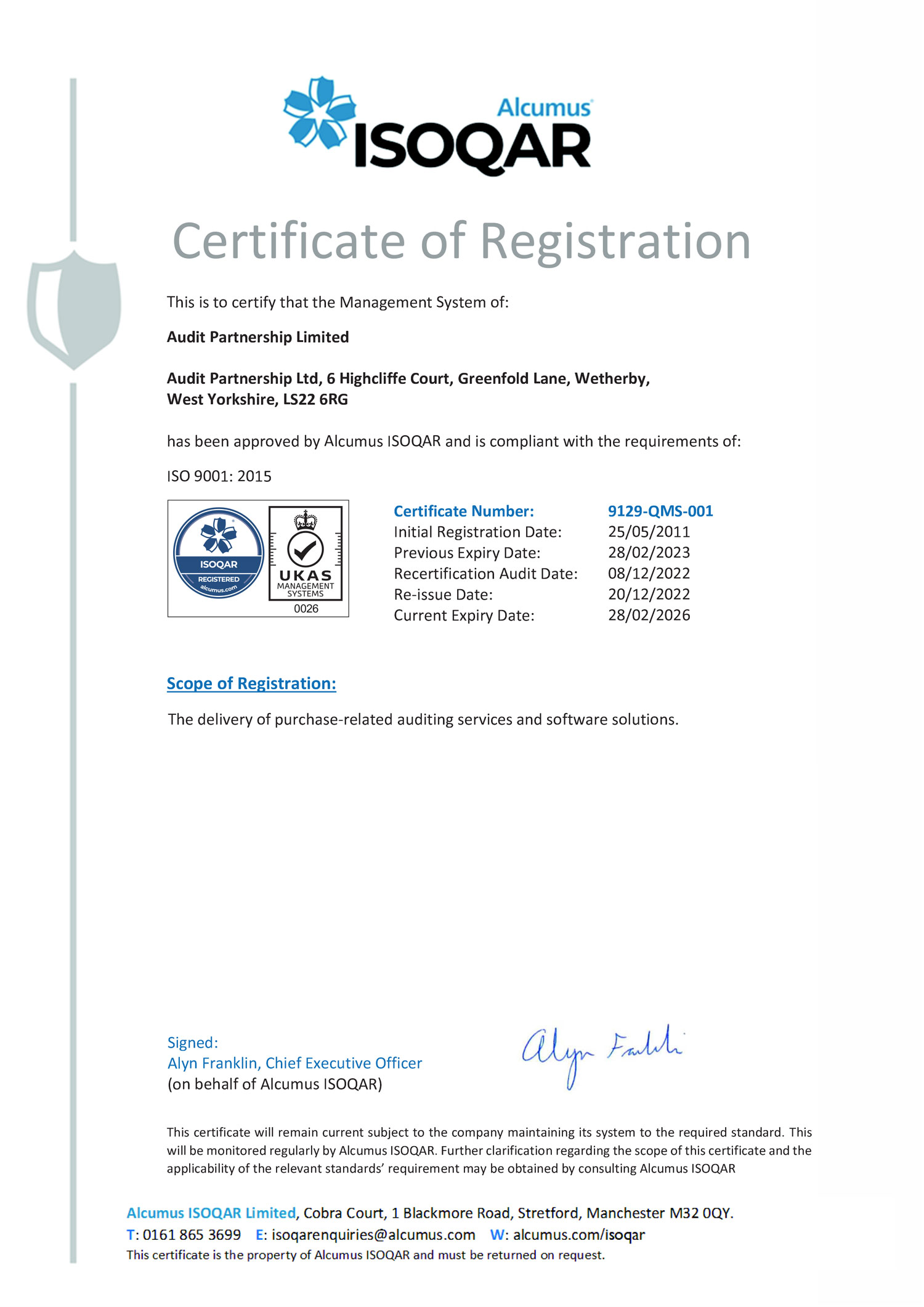
Business is not just about generating a good profit, but also about maintaining effective supplier relationships. If you are a large enterprise, you should be aware of supplier management, including the roles and purposes of each organisation.
The challenges and disputes that occasionally arise between businesses and their suppliers can significantly disrupt operational efficiency, lead to misunderstandings, and ultimately impact profitability.
Minimising supplier friction is not simply about tactical adjustments; it requires a commitment to transparency and proactive management of supplier relations.
Key Strategies to Minimise Supplier Friction
As we analyse key strategies for reducing supplier friction, we will focus on enabling strong alliances built on trust and collaboration. Let’s find out some significant steps.
1. Establish Clear Expectations
Supplier friction often occurs from miscommunication or undefined expectations regarding product or service quality, delivery schedules, and pricing. To minimise friction, it is crucial to establish clear and complete agreements from the outset.
Implementation
- Detailed Contracts: Ensure that contracts explicitly outline expectations concerning quality standards, delivery timelines, payment terms, and other critical components.
- Regular Review Meetings: Schedule regular check-ins with suppliers to discuss performance against expectations, allowing for any necessary adjustments or clarifications.
Creating a shared understanding at the beginning of the relationship sets the stage for a smoother partnership.
2. Improve Open Communication
Open and honest communication is essential for reducing supplier friction. Promoting dialogue between both parties can help identify potential issues before they escalate.
Implementation
- Communication Channels: Establish dedicated channels for communication where suppliers can easily reach out for support or clarification.
- Feedback Loops: Create a systematic approach for gathering feedback from suppliers regarding any challenges they may face in meeting your requirements.
By promoting transparency and open discussions, both parties can collaboratively solve problems, thereby strengthening the relationship.
3. Build Long-term Relationships
Long-term alliances with suppliers can significantly reduce instances of supplier friction. Focusing on building long-lasting partnerships allows for deeper trust and collaboration.
Implementation
- Regular Engagement: Engage with suppliers consistently, beyond just transactional interactions. This can involve site visits, social events, or sharing mutual success stories.
- Incentives for Longevity: Consider offering incentives, such as longer-term contracts or performance bonuses, to suppliers who establish reliability and quality over time.
By investing in relationships, businesses can develop a network of reliable suppliers contributing positively to their operations.
4. Promote Joint Problem Solving
A proactive approach to joint problem-solving can lessen supplier friction. Rather than viewing suppliers solely as external parties, treating them as partners in achieving shared goals is beneficial.
Implementation
- Collaborative Workshops: Host workshops or webinar sessions where both teams can work together to identify and resolve challenges.
- Goal Alignment: Ensure that your organisation and suppliers share common goals. When both partners work towards a unified objective, it creates a sense of collaboration that minimises friction.
Using a partnership approach encourages innovation and adaptability, ensuring both parties feel invested in the relationship’s success.
5. Real-time Technology
Technology plays a crucial role in enhancing transparency and reducing supplier friction in the modern tech business environment. By utilising sophisticated tools, companies can streamline processes, ensure accuracy, and boost communication efficiency.
Implementation
- Supplier Portals: Implement a supplier relationship management (SRM) system or portal that enables suppliers to access key information, submit enquiries, and track performance metrics.
- Data Analytics: Data analytics monitor supplier performance in real-time, allowing for quick notification if issues arise and informed discussions during contract reviews.
Technology supports improved communication and offers valuable insights into supplier performance, helping to reduce friction proactively.
6. Establish Clear Performance Metrics
Defining clear performance metrics and models can help both parties align their expectations and reduce supplier friction related to performance issues.
Implementation
- KPI Frameworks: Develop key performance indicators (KPIs) that suppliers must meet, such as delivery timelines, quality metrics, and cost-effectiveness.
- Regular Performance Reviews: Conduct reviews based on these KPIs to share performance outcomes and discuss potential areas for improvement.
Transparent metrics ensure everyone is on the same page and provide accountability, ultimately leading to a smoother supplier relationship.
7. Address Issues Promptly
How issues are addressed is crucial in managing supplier friction. Analyse and figure out how conflict resolution can prevent escalation and maintain a positive relationship.
Implementation
- Escalation Protocols: Establish clear escalation protocols for addressing issues as they arise. Ensure that suppliers know whom to contact if problems occur.
- Responsive Solutions: Adopt a standard of timeliness and fairness when addressing problems. Timely feedback and solutions can display a commitment to the partnership.
Resolving issues quickly fosters goodwill, reassuring suppliers that their concerns are valued and taken seriously.
8. Invest in Training and Development
Ensuring that your team understands the nature of supplier relationships and conflict resolution is critical to minimising supplier friction. Ongoing training can empower teams with the skills to cultivate positive supplier interactions.
Implementation
- Supplier Relationship Training: Provide training on best supplier engagement, negotiation, and conflict resolution practices.
- Cross-Department Collaboration: Encourage collaboration and training across various departments (e.g., procurement, finance, operations) to ensure everyone understands supplier dynamics.
Investing in employee development promotes a culture of transparency and excellence, positively influencing supplier relationships.
Efficiency starts here: Reducing supplier friction together at Audit Partnership
At Audit Partnership, we recognise that suppliers are key partners in the financial ecosystem. That’s why our recovery audit and contract compliance services are designed to be collaborative, transparent, and supplier-friendly. We work closely with suppliers to resolve discrepancies respectfully, ensuring accuracy while maintaining positive relationships.
By reviewing transactions, contracts, promotional activity, and rebates in detail, we identify missed income opportunities and process inefficiencies without disrupting day-to-day operations. Our teams prioritise clear communication, fair validation, and minimal intrusion, so suppliers feel engaged rather than challenged. This approach allows us to deliver recoveries, insights, and process improvements for clients while fostering customer-supplier relationships.
Conclusion
Minimising supplier friction is essential for maintaining a smooth and beneficial partnership. By committing to transparency, effective communication, and collaboration, businesses can develop strong alliances with suppliers that drive long-term success. At Audit Partnership, a proactive approach to managing supplier relationships is fundamental in the present competitive domain. By implementing these strategies, businesses enhance operational efficiency and depend on the groundwork for a sustainable future built on trust and collaboration.
FAQs – Minimising Supplier Friction
1. What is supplier friction?
Supplier friction refers to the challenges and conflicts between a business and its suppliers, often due to miscommunication, unclear expectations, or performance issues.
2. How can clear expectations prevent supplier friction?
Establishing clear expectations through detailed contracts and regular reviews ensures both parties understand their responsibilities, reducing misunderstandings.
3. What role does technology play in minimising supplier friction?
Technology enhances transparency and communication efficiency, providing real-time updates on supplier performance and enabling quicker resolution of issues.
4. Why is building long-term relationships with suppliers important?
Long-term relationships boost trust, collaboration, and accountability, reducing friction and sharing goals that benefit both parties.
5. How can offering flexible contract terms reduce supplier friction?
Flexible contract terms that allow for adjustments based on changing market conditions or unforeseen circumstances can help build stronger supplier relationships. This includes being willing to renegotiate prices or adjust delivery schedules when necessary. Flexibility demonstrates a commitment to a long-term, mutually beneficial partnership.













